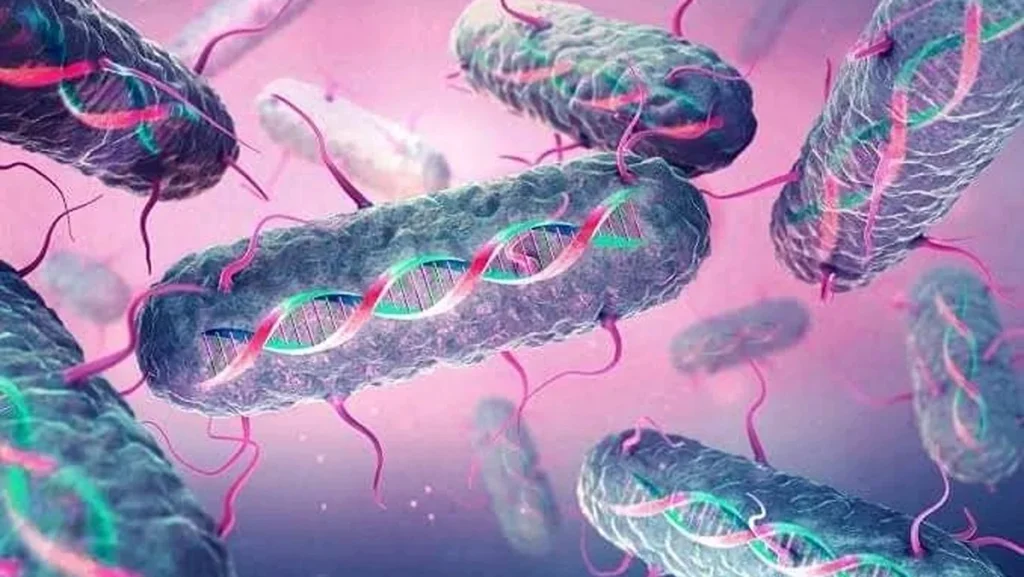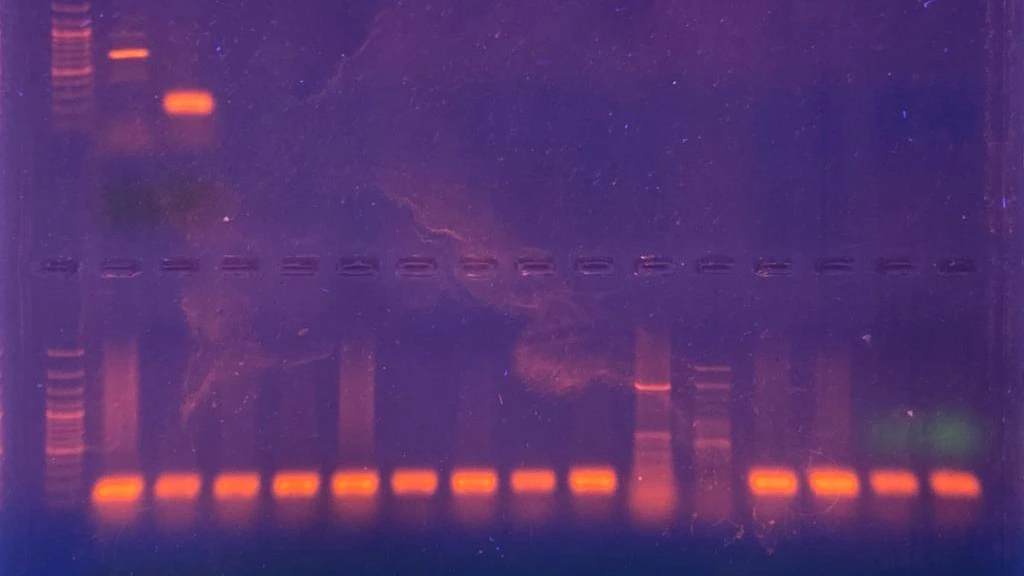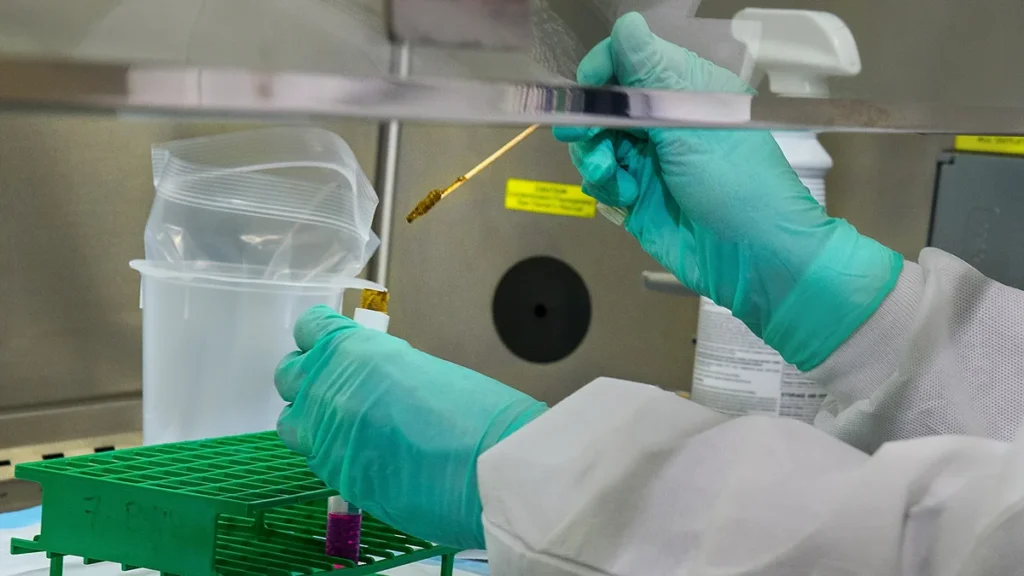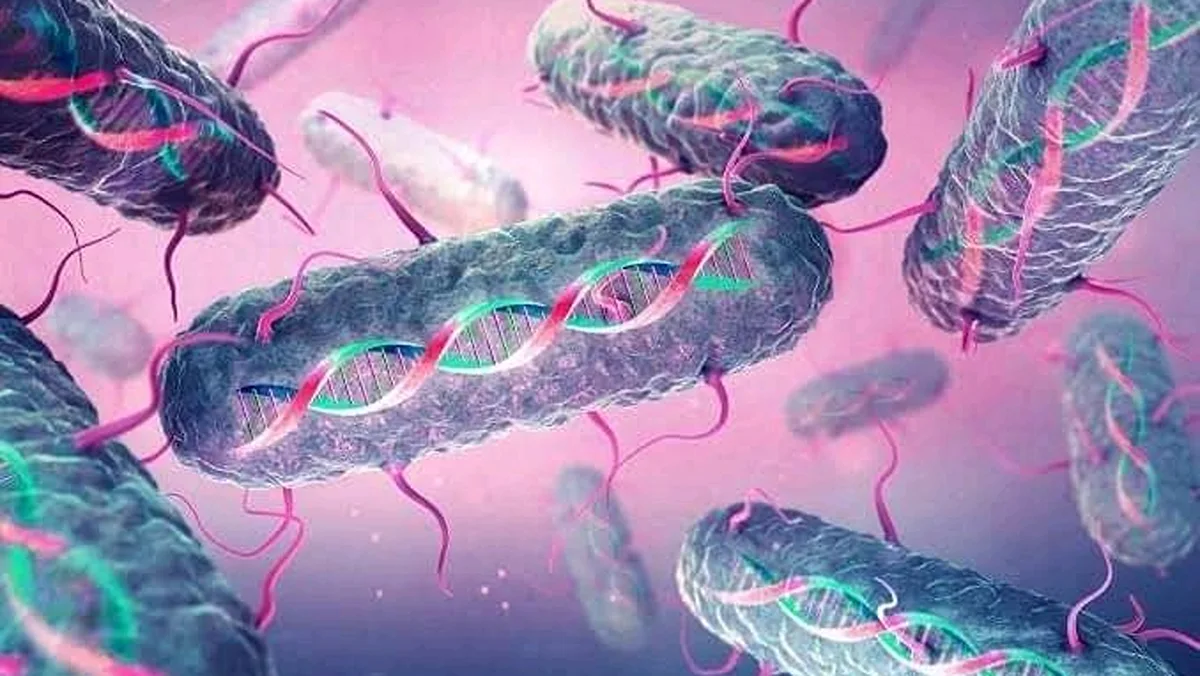Monkeypox diagnosis and treatment is critical in early detection of disease which is of prime importance while healthcare systems are trying to contain the disease and avoid further spread in the community due to wrong and false diagnosis.

Monkeypox diagnosis and treatment in clinical settings is based on nucleic acid amplification testing (NAAT) using real-time or conventional polymerase chain reaction (PCR) used for detection of unique viral DNA sequences of viral DNA. Polymerase chain reaction (PCR) may be used alone or in combination with sequencing.
Is there any validated monkeypox detection test available?
There are few validated PCR protocols developed so far for the detection of monkeypox virus which include protocols which distinguish Clade I and II and help in monkeypox diagnosis and treatment .
There are also some Real-time PCR kits available commercially for monkeypox detection test which can be selected through the online FIND database for diagnostic kits It is recommended to procure CE-IVD kits which preferably targets two genes or targets of monkeypox virus in order to ensure the quality and reliability of the selected kit.
How to Perform DNA Extraction for Monkeypox Detection Test?
DNA can be extracted from monkeypox specimen by using any standard extraction protocols or kits. Generally during DNA extraction, the sample lysis step inactivates live virus therefore it is recommended that this step should be performed under a Class II biosafety cabinet. In case of crust samples, DNA extraction kit for tissue specimen/samples should be used to ensure appropriate sample lysis or DNA extraction.
Does Monkeypox Detection Test Differentiate between clades I and II of monkeypox virus?
Commercial Real-time PCR kits (CE-IVD) can be used for monkeypox virus detection. Protocols for detection of monkeypox are based on the initial detection of monkeypox virus through a real-time PCR which detects all strains of monkeypox strains. If sample is found positive, it can further be tested for detection of specific clades I and II by using real-time PCR.
Why Controls are important in Monkeypox Detection Test or nucleic acid amplification testing (NAAT)?
It is important that each nucleic acid amplification testing (NAAT) run must include external, internal, positive and negative controls to validate the results. Controls provide the information about
- Sample quality,
- Nucleic acid quality, and
- Process quality.
Why Negative control is important?
Negative control on every run should be used to ensure contamination do not occur.
Why positive or integrity controls are important?
Sample integrity controls (e.g., RNase P), extraction, positive and inhibition controls should also be utilized to distinguish false negative result from a true negative result. Controls should be utilized following laboratory SOPs. In case any of the assay controls fail then the testing should be repeated.
What is Real-time PCR protocol for Monkeypox Diagnosis and Treatment?

Assays for the generic detection of monkeypox virus (species: Monkeypox virus, genus: Orthopoxvirus) and detection of its genetic variants clades I and II. (Li et al., 2010) developed a protocol for detection of monkeypox virus which is described as under
- Assay with G2R-G primers and probe: it detects all strains of monkeypox virus
- Assay with G2R-WA primers and probe: it detects Western African clade viruses
- Assay with C3L-primers and probe: it detects the Congo Basin clade viruses
All the probes are hydrolysis (“TaqMan”) probes which are labelled with the FAM dye and the BHQ-1 quencher.
1.Master Mix
| Reagent | Volume per reaction EXPRESS qPCR Supermix Universal2 | Volume per reaction TaqMan® Universal PCR Master Mix |
| Reaction buffer (2x) | 10 µ | 10 µ |
| Forward primer (10 µM) | 0.8 µl | 0.8 µl |
| Reverse primer (10 µM) | 0.8 µl | 0.8 µl |
| Probe (10 µM) | 0.4 µl | 0.4 µl |
| Nuclease Free Water | 3.0 µ | 3.0 µ |
| Total Volume | 15 µ | |
2-Template
Then Pipette nearly 5 µl of sample DNA in 15 µl of master mix (total reaction volume = 20 µl) and then finally add 5 µl negative and positive control to assess the validity of the run.
3-PCR Amplification Condition for G2R_G assay
| EXPRESS qPCR Super mix Universal | TaqMan® Universal PCR Master Mix | ||
| Condition | Condition | ||
| UNG Incubation | 50°C – 2min | UNG Incubation | 50°C – 2min |
| Polymerase Activation | 95°C – 06min | Polymerase Activation | 95°C – 10min |
| PCR Amplification (45 Cycle) Fluorescence Acquisition (FAM) | 95°C – 15sec | PCR Amplification (45 Cycle) Fluorescence Acquisition (FAM) | 95°C – 15sec |
| 60°C – 30sec | 60°C – 30sec | ||
4-PCR Amplification Condition for G2R-WA Assay
| EXPRESS qPCR Supermix Universal | TaqMan® Universal PCR Master Mix | ||
| Condition | Condition | ||
| UNG Incubation | 50°C – 2min | UNG Incubation | 50°C – 2min |
| Polymerase Activation | 95°C – 06min | Polymerase Activation | 95°C – 10min |
| PCR Amplification (45 Cycle) Fluorescence Acquisition (FAM) | 95°C – 15sec | PCR Amplification (45 Cycle) Fluorescence Acquisition (FAM) | 95°C – 15sec |
| 62°C – 30sec | 62°C – 30sec | ||
5-PCR Amplification Condition for C3L Assay
| EXPRESS qPCR Supermix Universal | TaqMan® Universal PCR Master Mix | ||
| Condition | Condition | ||
| UNG Incubation | 50°C – 2min | UNG Incubation | 50°C – 2min |
| Polymerase Activation | 95°C – 06min | Polymerase Activation | 95°C – 10min |
| PCR Amplification (45 Cycle) Fluorescence Acquisition (FAM) | 95°C – 15sec | PCR Amplification (45 Cycle) Fluorescence Acquisition (FAM) | 95°C – 15sec |
| 60°C – 30sec | 60°C – 30sec | ||
6-Primers and Probes
| Assay for Generic Detection of Monkeypox Virus (G2R_G assay) | ||
| Primers/Probe | Sequence (5’ > 3’) | Length |
| G2R_G Forward Primer | GGAAAATGTAAAGACAACGAATACAG | 26 |
| G2R_G Reverse Primer | GCTATCACATAATCTGGAAGCGTA | 24 |
| G2R_G Probe | FAM-AAGCCGTAATCTATGTTGTCTATCGTGTCC-BHQ1 | 30 |
| Assay for Detection of Western African Clade Virus (G2R-WA Assay) | ||
| G2R_WA Forward Primer | CACACCGTCTCTTCCACAGA | 20 |
| G2R_WA Reverse Primer | GATACAGGTTAATTTCCACATCG | 23 |
| G2R_WA Probe | FAM-AACCCGTCGTAACCAGCAATACATTT-BHQ1 | 26 |
| Assay for Detection of Congo Basin Clade Viruses (C3L Assay) | ||
| C3L Forward Primer | TGTCTACCTGGATACAGAAAGCAA | 26 |
| C3L Reverse Primer | GGCATCTCCGTTTAATACATTGAT | 24 |
| C3L Probe | FAM-CCCATATATGCTAAATGTACCGGTACCGGA-BHQ1 | 30 |
During surge only representative samples should be processed for genomic sequencing despite all PCR positive samples.
How Monkeypox results should be interpreted for Correct Monkeypox Diagnosis and Treatment?
Monkeypox suspected case should be confirmation considering clinical and epidemiological information. Positive PCR results from monkeypox suspected sample confirm monkeypox infection.
However, if PCR test becomes negative despite clinical signs and epidemiological tracing, then serological testing is recommended for further investigation.
What Factors Contribute in False Negative results in Monkeypox Diagnosis and Treatment?
There are multiple factors contributing to false-negative results e.g.
- Poor quality of specimen
- Improper handling or shipping, or
- Technical reasons inherent to the test,
- Failure of DNA extraction
Why Genetic Sequencing is required for Monkeypox Diagnosis and Treatment?
Genetic sequencing data which may be generated by Sanger or next-generation sequencing (NGS) methods provides additional information about
- Characteristics of monkeypox virus
- Origin of monkeypox virus
- Clade of monkeypox virus
- Lineage of monkeypox virus and
- Epidemiology of monkeypox virus
- Risk of monkeypox virus introduction to community
- Pattern of monkeypox virus community transmission.
- Develop advances in monkeypox diagnosis and treatment

What is the differential diagnosis of monkeypox disease?
Monkeypox diagnosis and treatment is critical because it can be misdiagnosed with other potential skin diseases causing discrete skin lesions/disseminated rash or any skin lesions similar to monkeypox during different stages of development. These skin diseases include
- Herpes simplex virus
- Varicella zoster virus
- Enterovirus
- Measles
- Chikungunya
- Dengue
- Treponema pallidum (syphilis)
- Bacterial skin infections
- Parapox viruses
